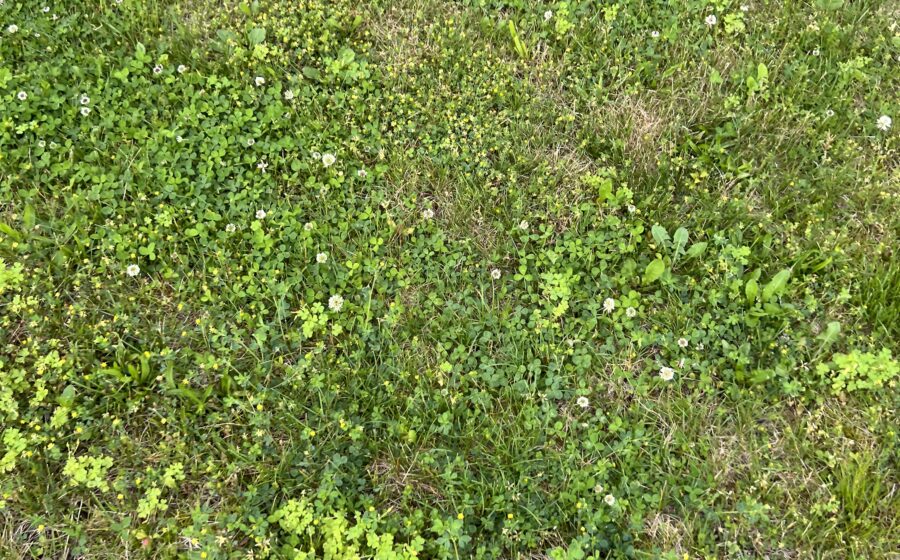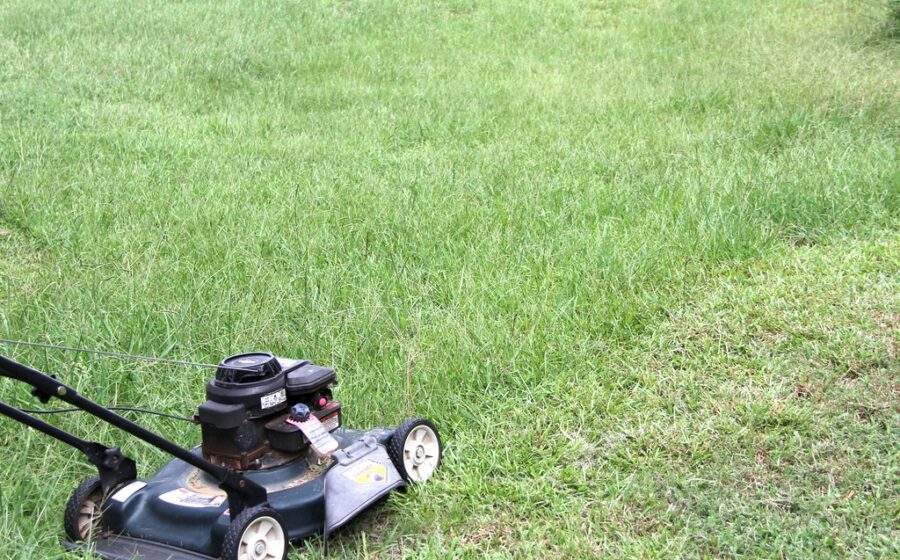- (610) 507.8873
- contact@stoutlawncare.com
Taming the Weeds for a Healthier Lawn
Is your lawn looking more like a weed patch than a lush green oasis? You’re not alone! Check out this picture of a patch of grass that’s hosting nearly every weed known in our area.
Why Weed Control Matters:
![]() Healthy Turf: Weeds compete with grass for sunlight, water, and nutrients. Effective weed control ensures your lawn gets what it needs to thrive.
Healthy Turf: Weeds compete with grass for sunlight, water, and nutrients. Effective weed control ensures your lawn gets what it needs to thrive.
![]() Aesthetic Appeal: A weed-free lawn looks better, making your outdoor space more inviting and enjoyable.
Aesthetic Appeal: A weed-free lawn looks better, making your outdoor space more inviting and enjoyable.
![]() Disease Prevention: Some weeds can harbor pests and diseases that might spread to your grass, weakening it further.
Disease Prevention: Some weeds can harbor pests and diseases that might spread to your grass, weakening it further.
![]() Easier Maintenance: Fewer weeds mean less work. Regular mowing and maintenance become simpler and more efficient.
Easier Maintenance: Fewer weeds mean less work. Regular mowing and maintenance become simpler and more efficient.
Top Tips for Effective Weed Control:
![]() Regular Mowing: Keep your grass at the right height to shade out weed seeds. Mowing too short can stress your grass and make it easier for weeds to take hold.
Regular Mowing: Keep your grass at the right height to shade out weed seeds. Mowing too short can stress your grass and make it easier for weeds to take hold.
![]() Proper Watering: Water deeply and infrequently. Shallow watering encourages weed growth, while deep watering strengthens grass roots.
Proper Watering: Water deeply and infrequently. Shallow watering encourages weed growth, while deep watering strengthens grass roots.
![]() Aeration/Overseeding: Aerating and overseeding your lawn will improve soil health and introduce desired grasses, making it harder for weeds to compete.
Aeration/Overseeding: Aerating and overseeding your lawn will improve soil health and introduce desired grasses, making it harder for weeds to compete.
![]() Use Herbicides Wisely: Selective herbicides target specific weeds without harming your grass.
Use Herbicides Wisely: Selective herbicides target specific weeds without harming your grass.
![]() Regular Fertilization: A well-fertilized lawn is more competitive against weeds.
Regular Fertilization: A well-fertilized lawn is more competitive against weeds.
Remember, the best defense against weeds is a healthy, dense lawn. Invest in proper lawn care, and those pesky weeds won’t stand a chance!
Proper Mowing
Why is mowing so important? It can be the most important determining factor in a successful lawn. Here are some tips we recommend:
1. Mow High. We recommend 3.5” to 4” (this typically are the top 2 settings on your mower) The longer the grass , the deeper the roots grow, giving them better access to water and nutrients.
2. When to start? Give you grass a change to come fully out of its winter dormancy phase. Let it get a little shaggy, maybe your neighbors will look at you a little funny. Give it an extra week and then mow on the highest setting. This will get your lawn ready for the mowing season.
3. Train your grass. Once you have the lawn at 3.5” to 4”, keep it there! When the hot/dry summer months start, switch to a bi-weekly mowing schedule. If in a drought situation and not watering, wait until the grass starts to grow again, typically after a few storms.
4. Sharp mower blades! Our recommendations is to buy an extra set and keep one set sharp at all times. Switch them out 2 times a year, spring and late summer. Sharp blades can reduce the likelihood of disease by up to 25%.



